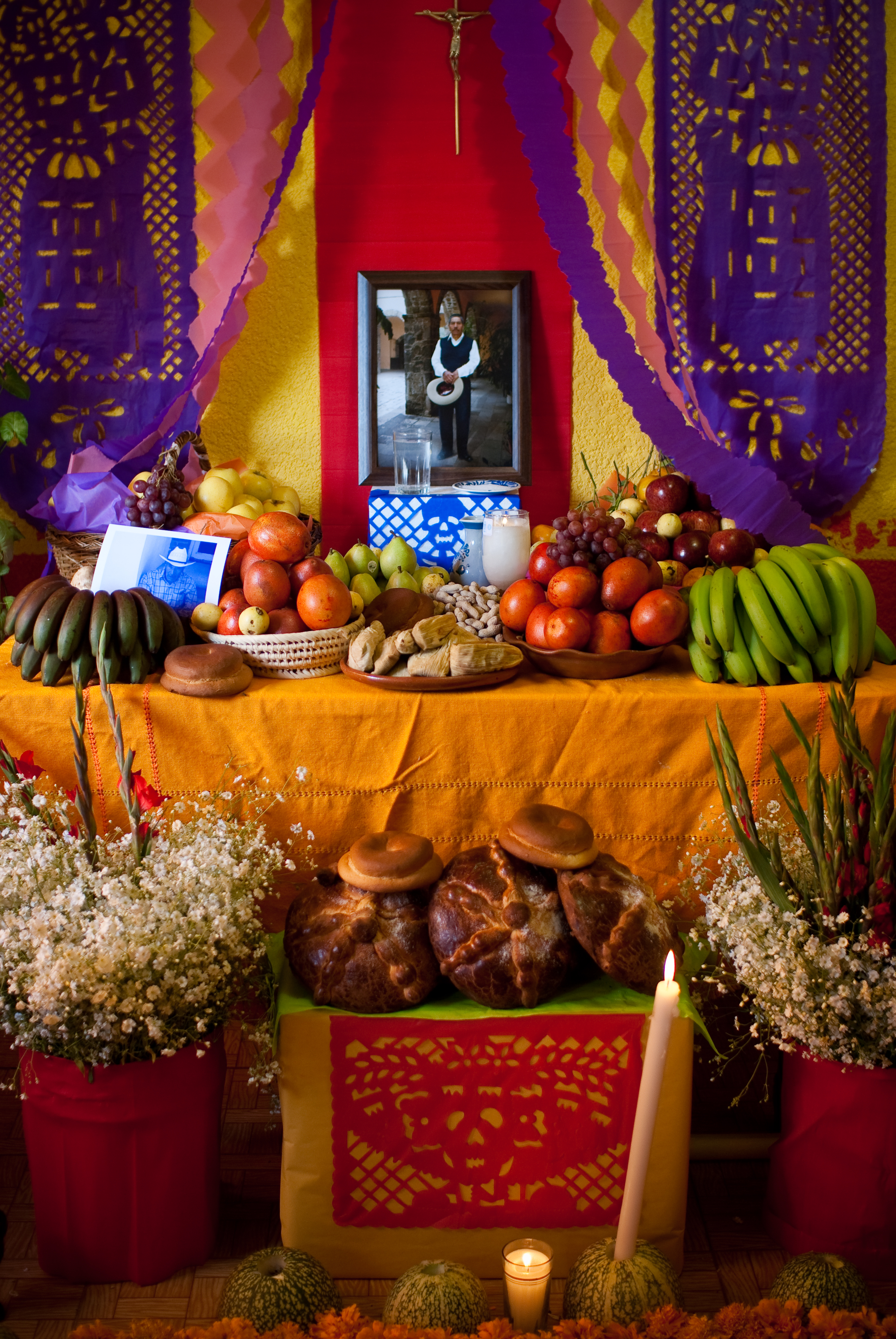I started noticing the Giant Wasps last summer when I saw the Giant Black Wasp in 2021. I couldn’t believe the size of the bee. It appeared to prefer the Foxglove Beardtongue.
Next, I saw the Great Golden Digger Wasp. The wasp was on Mountain Mint, which it appears to prefer. This year, the Mountain Mint did not grow back, and I haven’t seen the Great Golden Digger Wasp, so striking with its golden legs and the part of the abdomen showing off a golden body.
The Giants are social wasps, but people are hesitant around giant wasps because they look a bit scary because of their size. The giants are very docile. They come for nectar and nectar only. The Wasp bees have shorter tongues and only can get nectar from shallow plants, such as aster and Rattlesnake master.
Rattlesnake master grew in the Pollinator Garden in 2021. It may have survived this year because giant wasps pollinated it. I see the plant growing this year, but I haven’t seen it bloom. I haven’t seen any giant wasps this year either.
Perhaps in August, we will see some life as they are known to show up when the Boneset and Goldenrod bloom. I will keep my eyes open.









